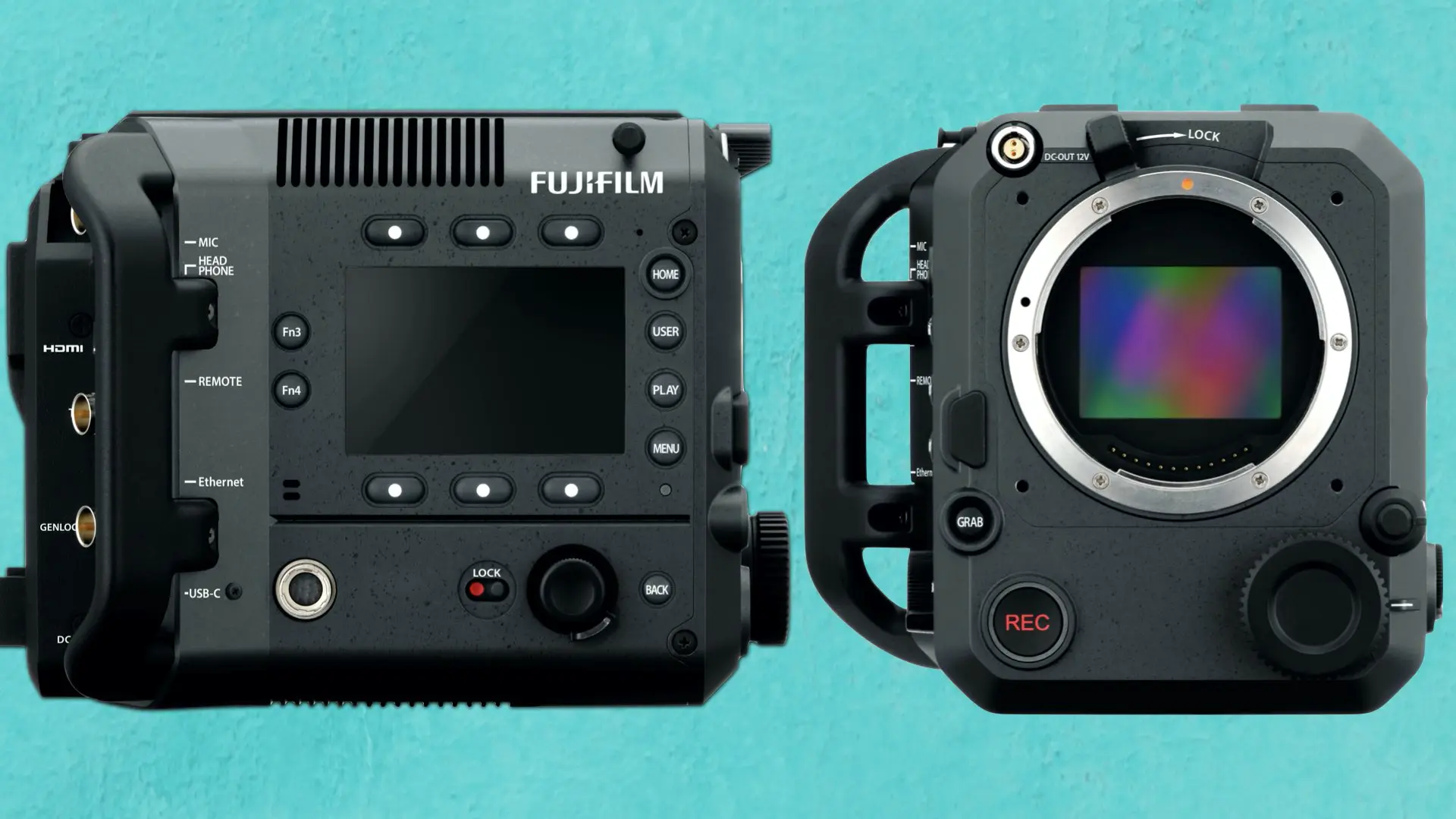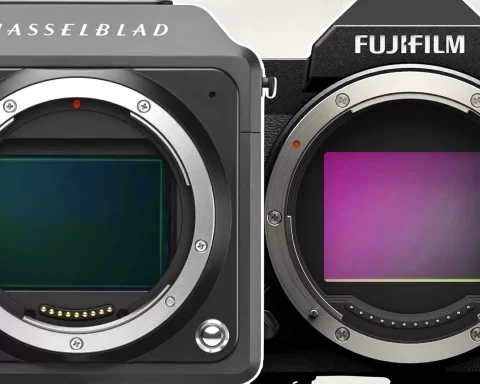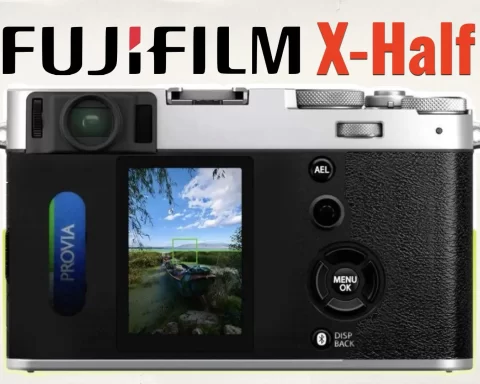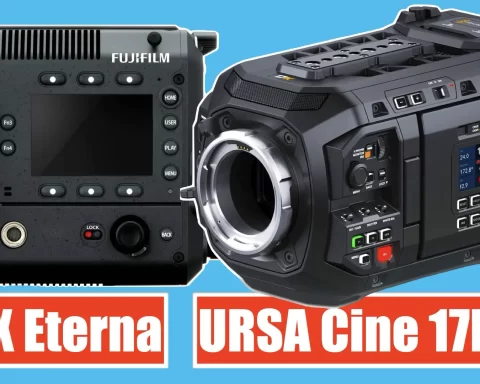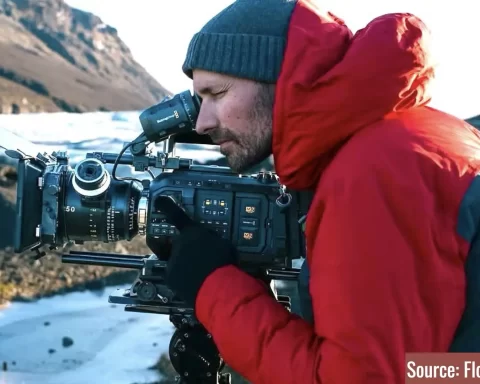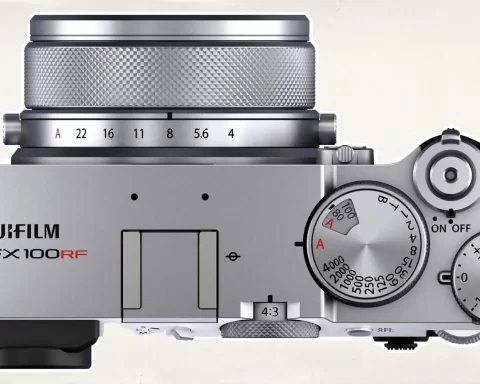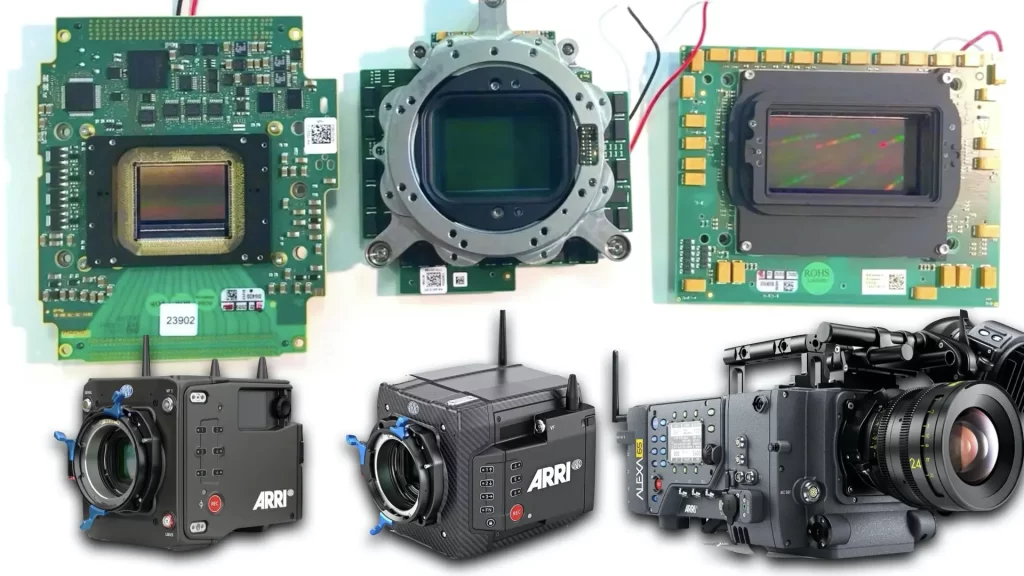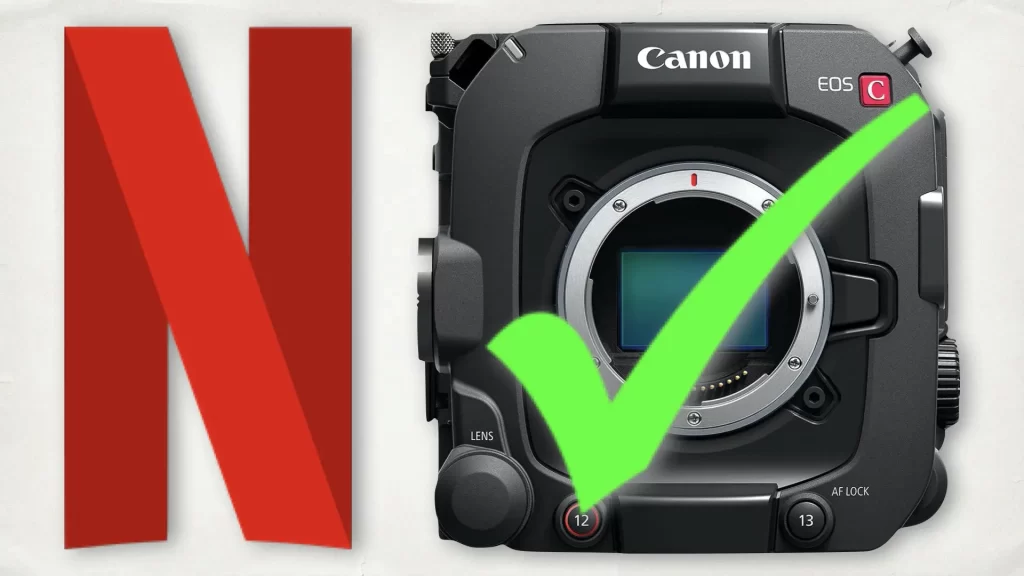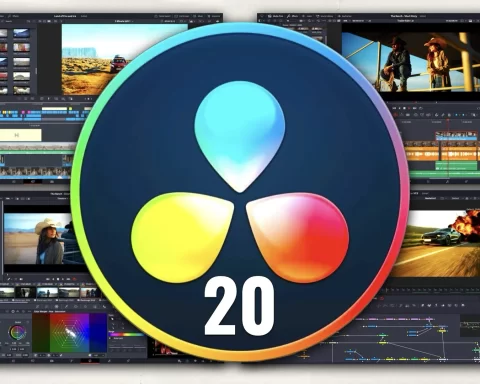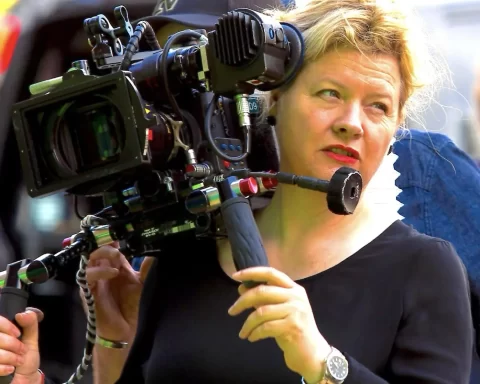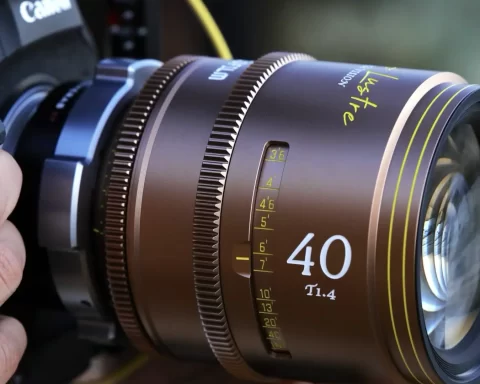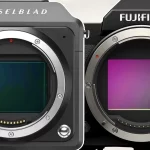In a groundbreaking announcement, Fujifilm has introduced its first medium format cinema camera, the GFX Eterna. This development, covered in Fujifilm’s official press release, could mark a turning point for cinema, as Fujifilm leverages its experience in medium format photography and color science to cater to a growing demand for cinematic quality in high-resolution formats. Let’s delve into what the GFX Eterna has to offer, explore Fujifilm’s history with medium format, and discuss its impact on the industry.
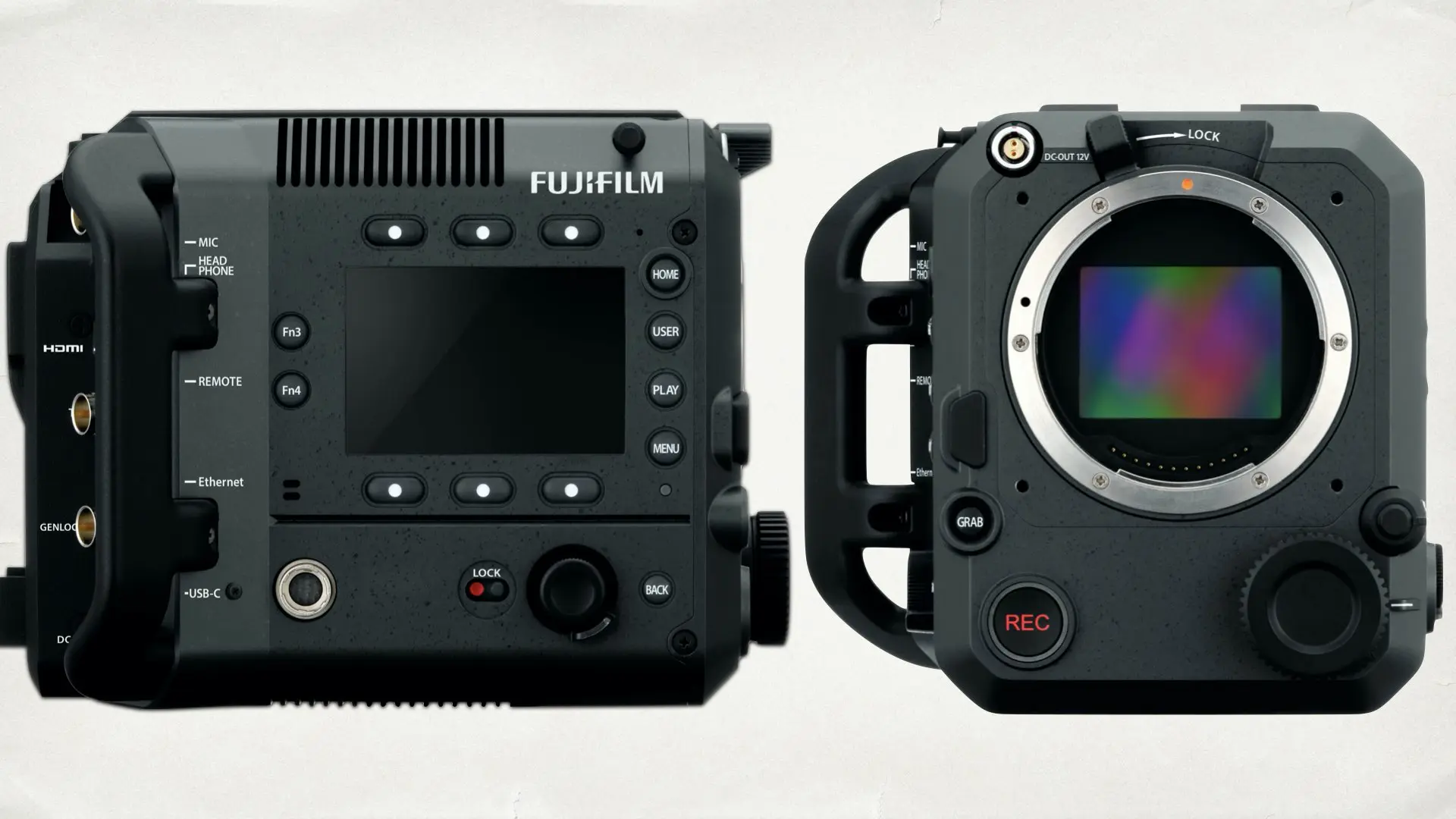
The GFX Eterna: Key Features and Specifications
The GFX Eterna embodies Fujifilm’s ambition to bring the unique qualities of medium format into mainstream cinema. According to the press release, Fujifilm’s design philosophy for this camera is grounded in their renowned Eterna film simulation, a technology that has won over cinematographers for its filmic, true-to-life colors. Here’s a closer look at the camera’s most anticipated features (according to the press release):
- Sensor Size and Resolution: With a larger-than-full-frame sensor, the GFX Eterna offers a cinematic depth of field and texture not commonly found in smaller sensors. This larger sensor is designed for filmmakers seeking rich detail, a broad dynamic range, and high fidelity in both highlights and shadows. Although Fujifilm hasn’t yet specified the exact resolution, early hints suggest it will stand in competition with high-resolution cinema cameras such as Blackmagic’s URSA Cine 17K, promising ultra-high clarity that extends beyond conventional 4K standards.
- Eterna Color Science: At the heart of the GFX Eterna is Fujifilm’s Eterna color profile, highly praised for its warm color tones and organic, filmic look. With color science that harks back to analog film, this technology delivers a level of color accuracy that cinematographers love for its gentle, natural look, making it a go-to choice in Fujifilm’s GFX100 series and other GFX models.
- High Dynamic Range: Dynamic range is critical in cinematography, and the GFX Eterna promises superior detail retention across extreme lighting conditions. This capability will likely enable filmmakers to work seamlessly in various lighting environments, from the bright daylight of outdoor shoots to the controlled lighting on sets. This is particularly valuable for medium format, where detail in highlights and shadows can define the immersive look of large-format cinematography.
- Body Design: The GFX Eterna has been developed with cinema-focused ergonomics, providing a compact and flexible body that can accommodate industry-standard cinema lenses and accessories. This versatility and ease of handling place it within reach for a wide range of filmmakers, from indie creators to large productions. Fujifilm aims to cater to those seeking large-format quality in handheld, drone, and gimbal setups, marking a contrast to heavier, less maneuverable cinema cameras.
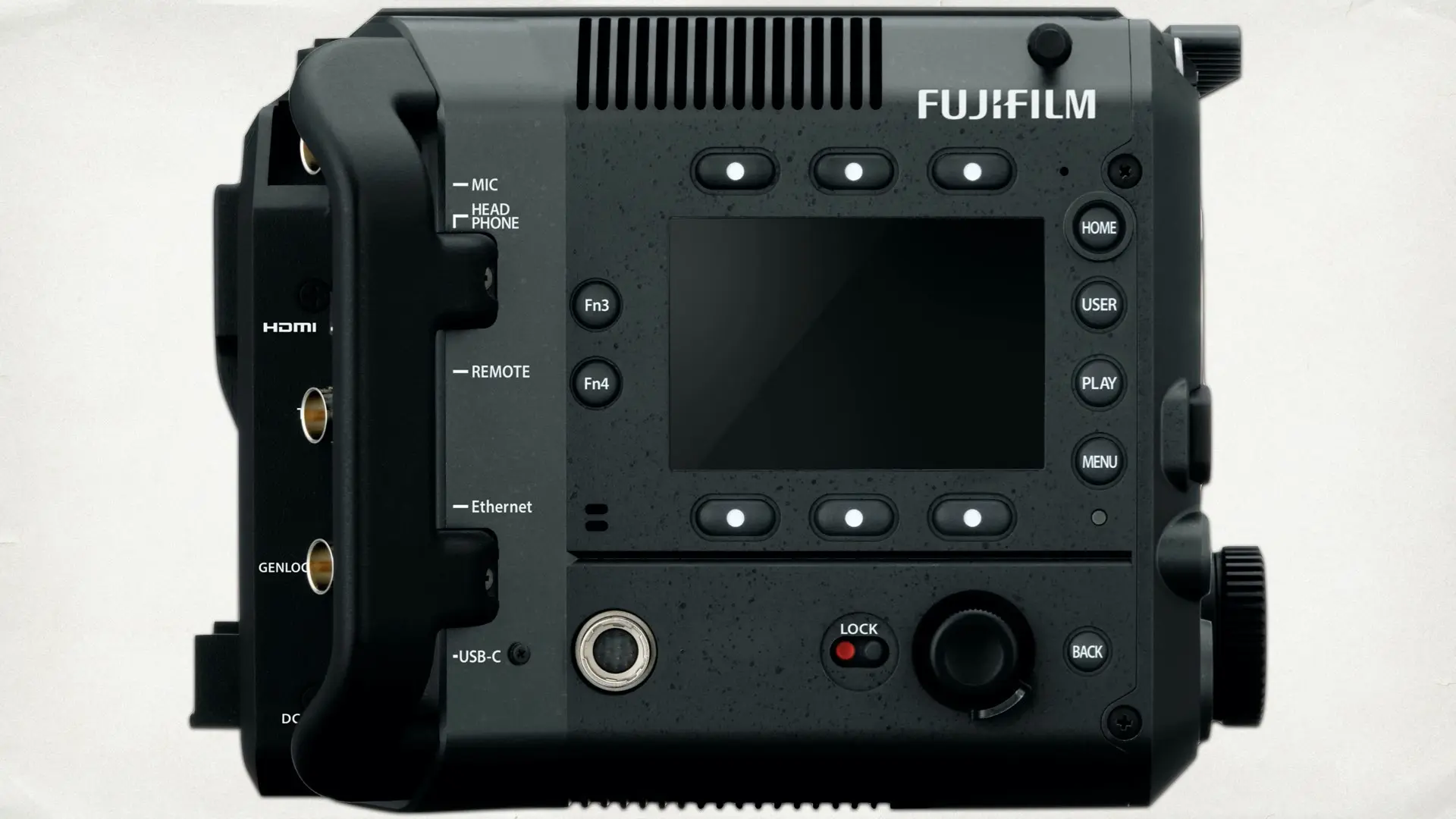
Here’s the whole press release:
FUJIFILM Corporation announces that it is currently in the process of developing its first-ever filmmaking camera, the “FUJIFILM GFX ETERNA” (GFX ETERNA), with plans for a release in 2025. The “GFX ETERNA” will feature a large format sensor, “GFX 102MP CMOS II HS”, which is approximately 1.7 times larger than a 35mm sensor, and the high-speed image processing engine “X-Processor 5”, enabling filmmakers to capture rich, true to life visuals and have enhanced flexibility in post-production. Both the “GFX 102MP CMOS II HS” sensor and “X-Processor 5” are the latest technologies featured in the mirrorless digital camera “FUJIFILM GFX100 II”, which delivers extraordinarily high image quality with its 102 million pixels. Fujifilm will showcase the “GFX ETERNA” as a reference exhibit at the comprehensive media event “InterBEE 2024”, which will be held from November 13th to 15th 2024. After its founding in 1934, the Fujifilm Group has played an important role in Japan’s film industry by developing and introducing domestically-produced positive film for movies. Through continuous innovation, Fujifilm has expanded its product range to include the motion picture color negative film “ETERNA series” and the cinema zoom lenses “Premista series” and “ZK Cabrio series”. For over 90 years, Fujifilm has been providing reliable products for the film production industry and beyond. In addition to its success with photographic films, cameras and digital cameras, in 2017, Fujifilm introduced the groundbreaking mirrorless digital camera “GFX series”, featuring a large format sensor approximately 1.7 times larger than a 35mm sensor, delivering extraordinarily high image quality. Fujifilm has since made continuous improvement to the “GFX series”, including its video capabilities. The “GFX ETERNA,” currently in development, is set to revolutionize film production. Leveraging Fujifilm’s expertise and experience in the field of filmmaking, the company will combine the exceptional capabilities of Fujinon lenses with the advanced technology of the “GFX series.” Aptly named “GFX ETERNA,” it aspires to become a driving force in shaping a new era of filmmaking and dedicate to contributing to the creation of timeless cinematic masterpieces. In addition to the development of the “GFX ETERNA”, Fujifilm is also working on the development of a power zoom GF lens that is optimized for this G mount camera, planned to have actual focal length of 32-90mm, and a mount adapter from G to PL mount lenses, widely employed in film production. As the demand for producing various types of videos such as feature films, short films, documentaries, and web content continues to grow, there is a growing need in the film production industry for high-quality videos that can be produced quickly and inexpensively. In preparation for the launch of the “GFX ETERNA”, Fujifilm will conduct rigorous field tests, while expanding its product lineup to enhance the “GFX system”. Through these efforts, Fujifilm is committed to contributing to the video production with high-quality and productivity across a wide range of fields.
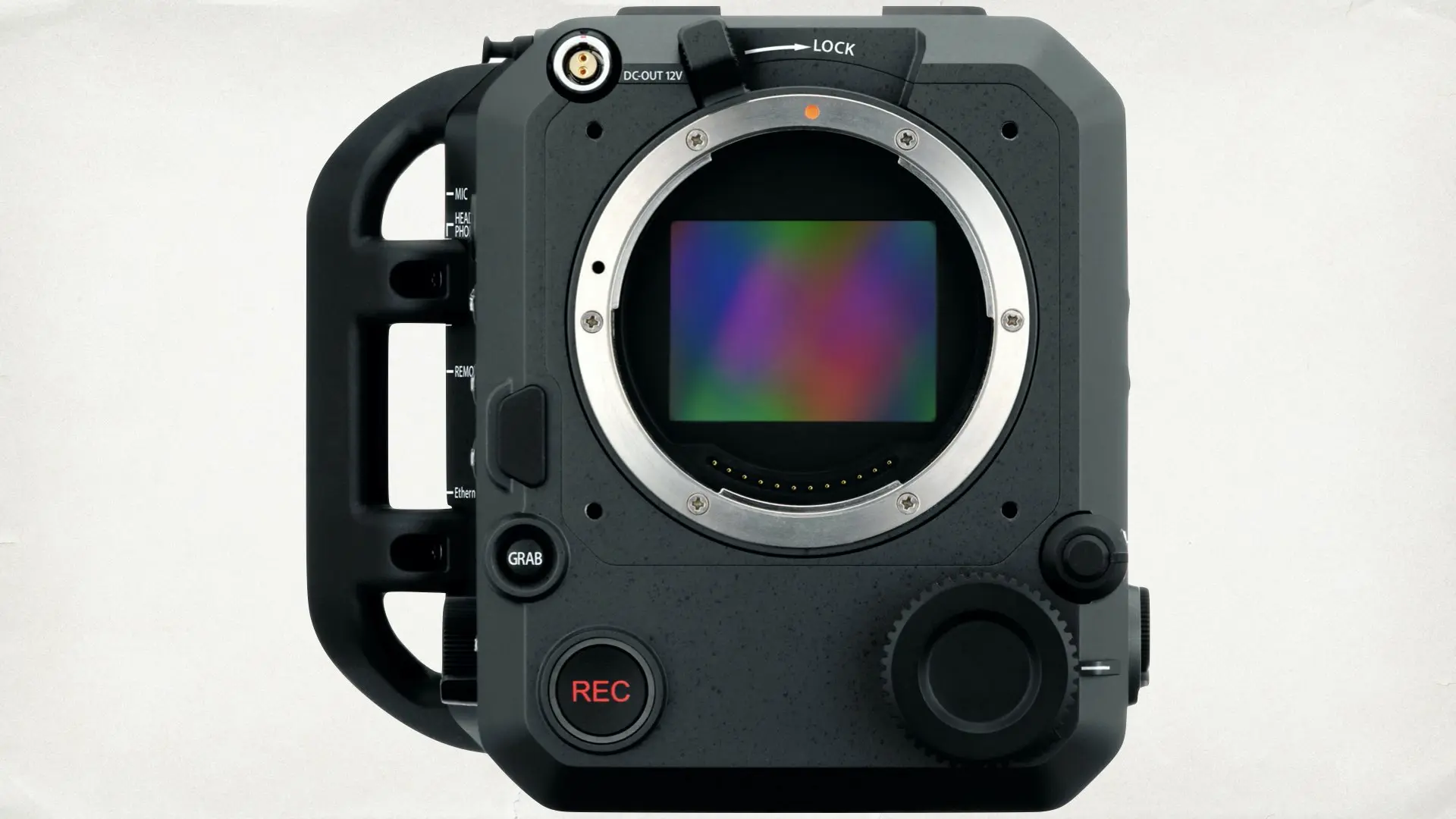
The Cinematic Potential of Medium Format
Medium format cinematography offers distinct advantages and challenges. By delivering depth of field and field of view characteristics unique to large sensors, medium format can evoke an immersive, intimate feeling that’s especially suited to large screens. This sensor size, as explained in The Philosophy Behind Cinema Cameras’ Sensor Sizes, profoundly impacts the aesthetics of a scene, with a softer background falloff and more detailed texture, leading to a more lifelike and enveloping experience. The GFX Eterna brings new competition to a field that has so far been limited to a few cinema camera manufacturers. Sony, for instance, has only recently explored this arena with its 247MP 19K medium format sensor, a move that illustrates the intense demand for higher resolutions and larger formats in filmmaking.
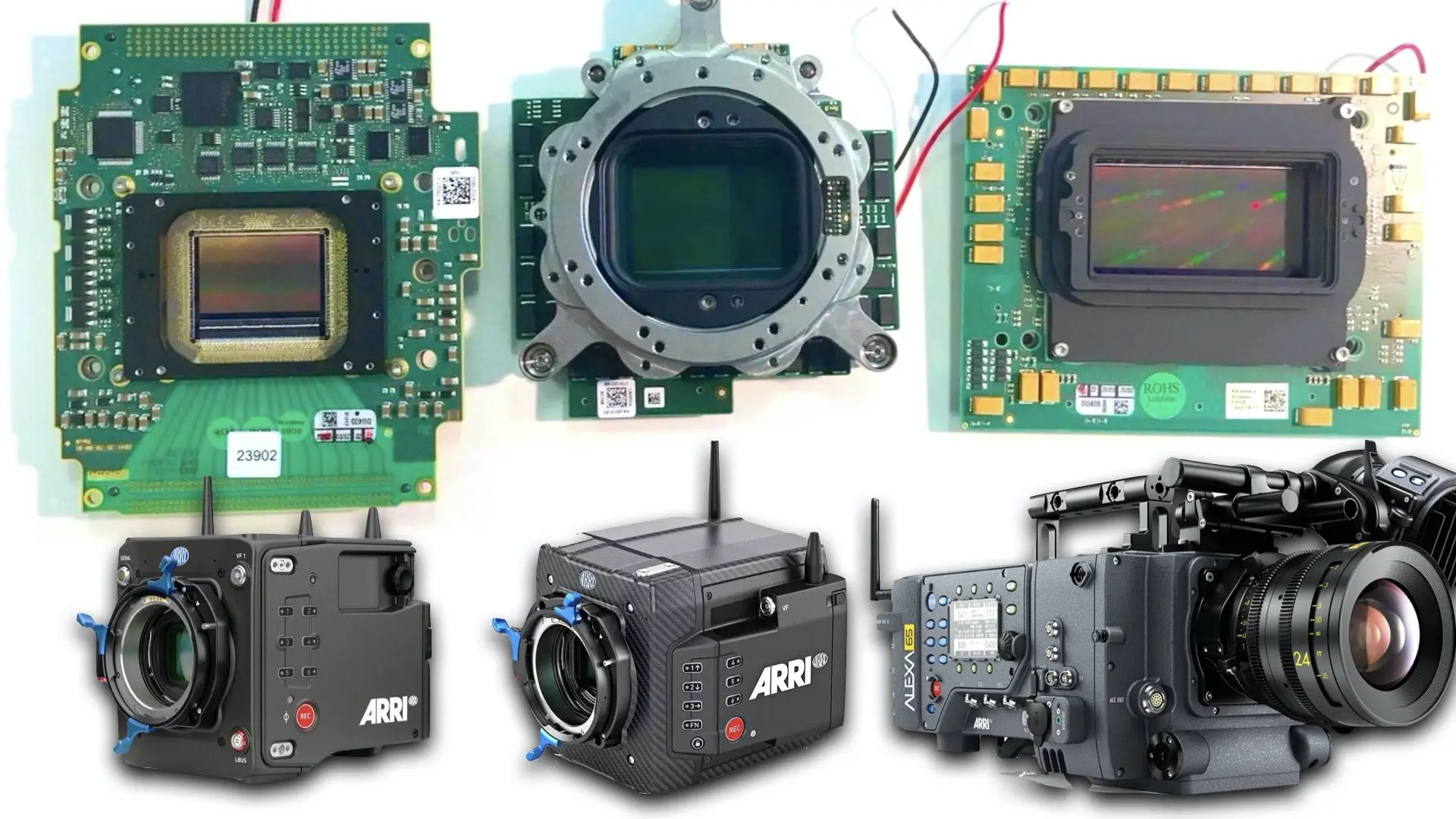
Fujifilm’s Journey in Medium Format Photography and Cinematography
Fujifilm’s foray into medium format cinema is a logical extension of its achievements in still photography, particularly with the GFX series, which includes the GFX100 II and other medium format models celebrated for their photographic quality. These cameras are loved by photographers and cinematographers alike for their image fidelity, color science, and the way they handle depth, qualities that Fujifilm is now bringing to cinema. The GFX Eterna also signals Fujifilm’s answer to questions about medium format’s future in cinema. Our article, Will Sony Ever Release a Medium Format Cinema Camera?, highlighted the industry’s excitement and speculation around the potential of medium format for cinematography. Fujifilm’s entry into this space is likely to inspire further exploration by competitors, especially given the high-stakes landscape of high-resolution cinema.
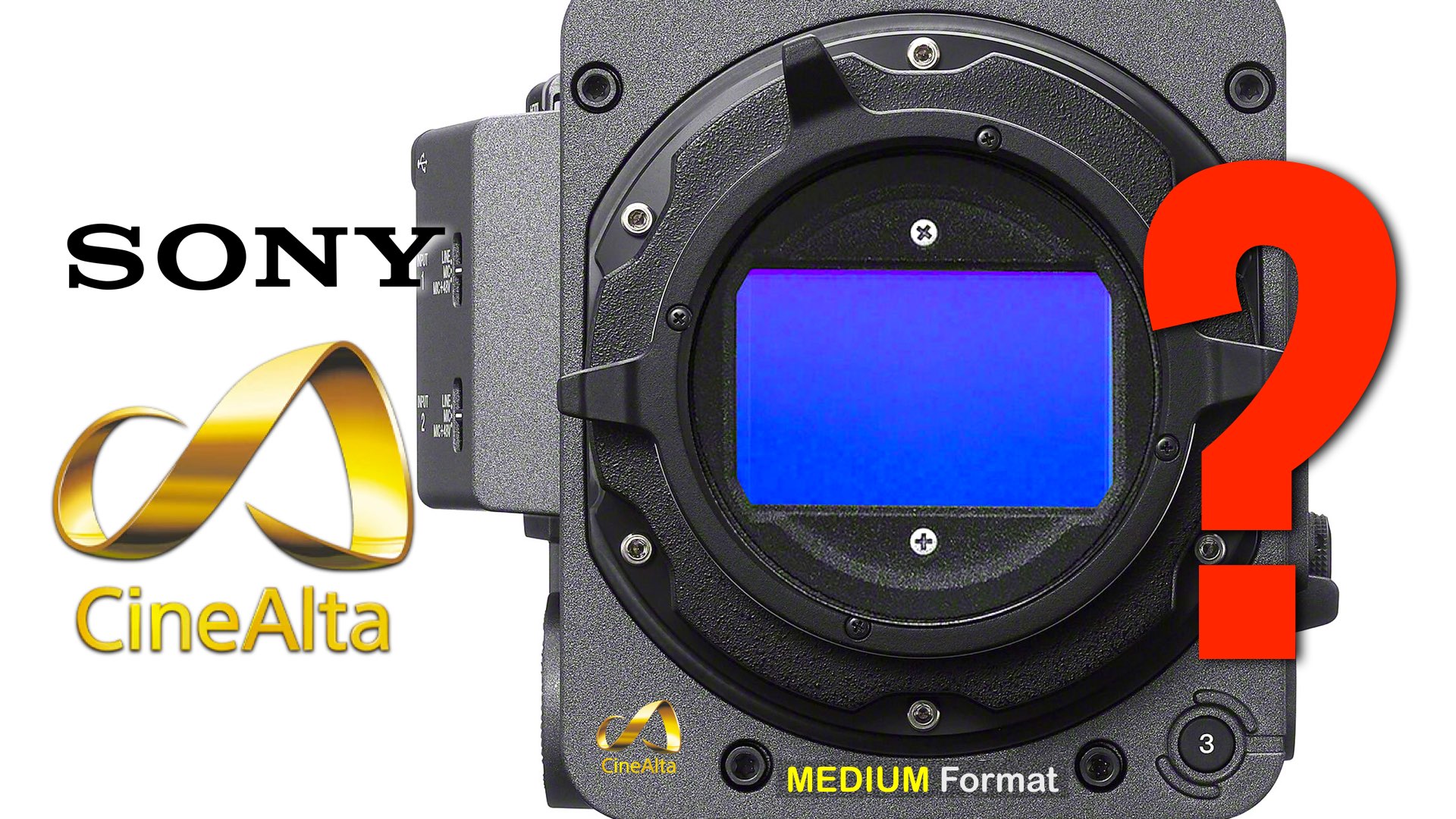
Pros and Cons of Medium Format Cinematography
Advantages:
- Dynamic Range and Image Detail: With a large sensor, medium format captures greater dynamic range and more image detail, enhancing every element of a scene, from intricate textures to the fine gradation of shadows and highlights.
- Film-Like Depth of Field: The softer background separation and natural, shallow depth of field available in medium format create a more filmic look, highly suitable for dramatic or intimate storytelling.
- Future-Proof Resolution: High-resolution, medium format sensors are well-positioned to meet the demands of cinema and streaming in the 8K and even 16K era, an area where IMAX CEO’s commentary on Joker 2’s 70mm IMAX screening underscores the ongoing demand for maximum resolution in high-end cinema.
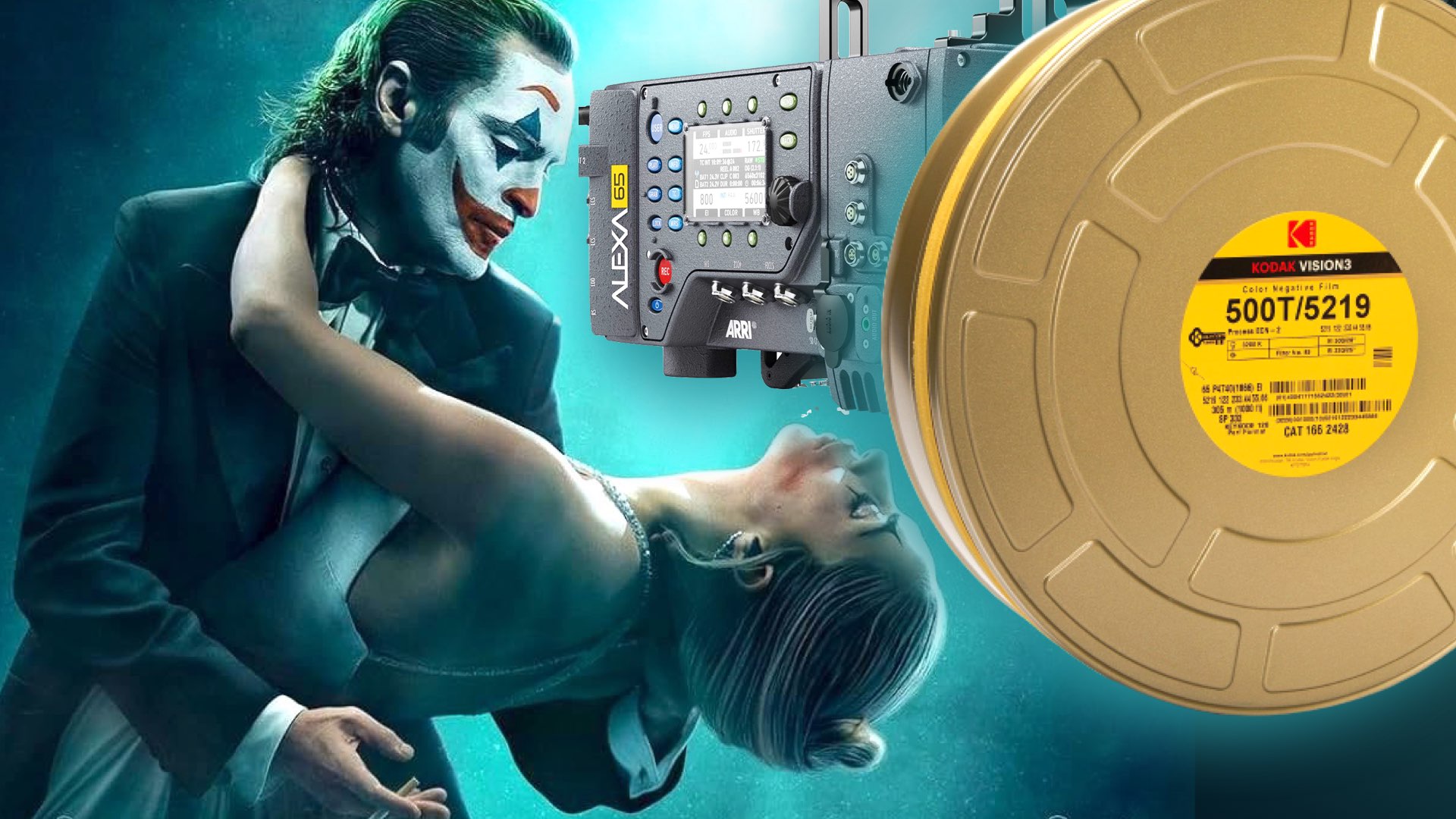
Challenges:
- Cost and Accessibility: Medium format cameras are often pricier than standard Super 35 or full-frame options, which can deter indie filmmakers. While Fujifilm hasn’t yet released pricing for the GFX Eterna, affordability will be a deciding factor in its adoption.
- Lens Compatibility and Size: Lenses that are compatible with medium format sensors tend to be larger and more costly, adding to production expenses. Furthermore, integrating medium format lenses into existing setups requires additional consideration for weight and balance.
- Workflow and Storage Needs: As Big Sky Camera sensor development illustrates, the storage and workflow demands for medium format 4K and beyond require robust data management solutions. This can increase production costs, posing challenges for smaller film projects.
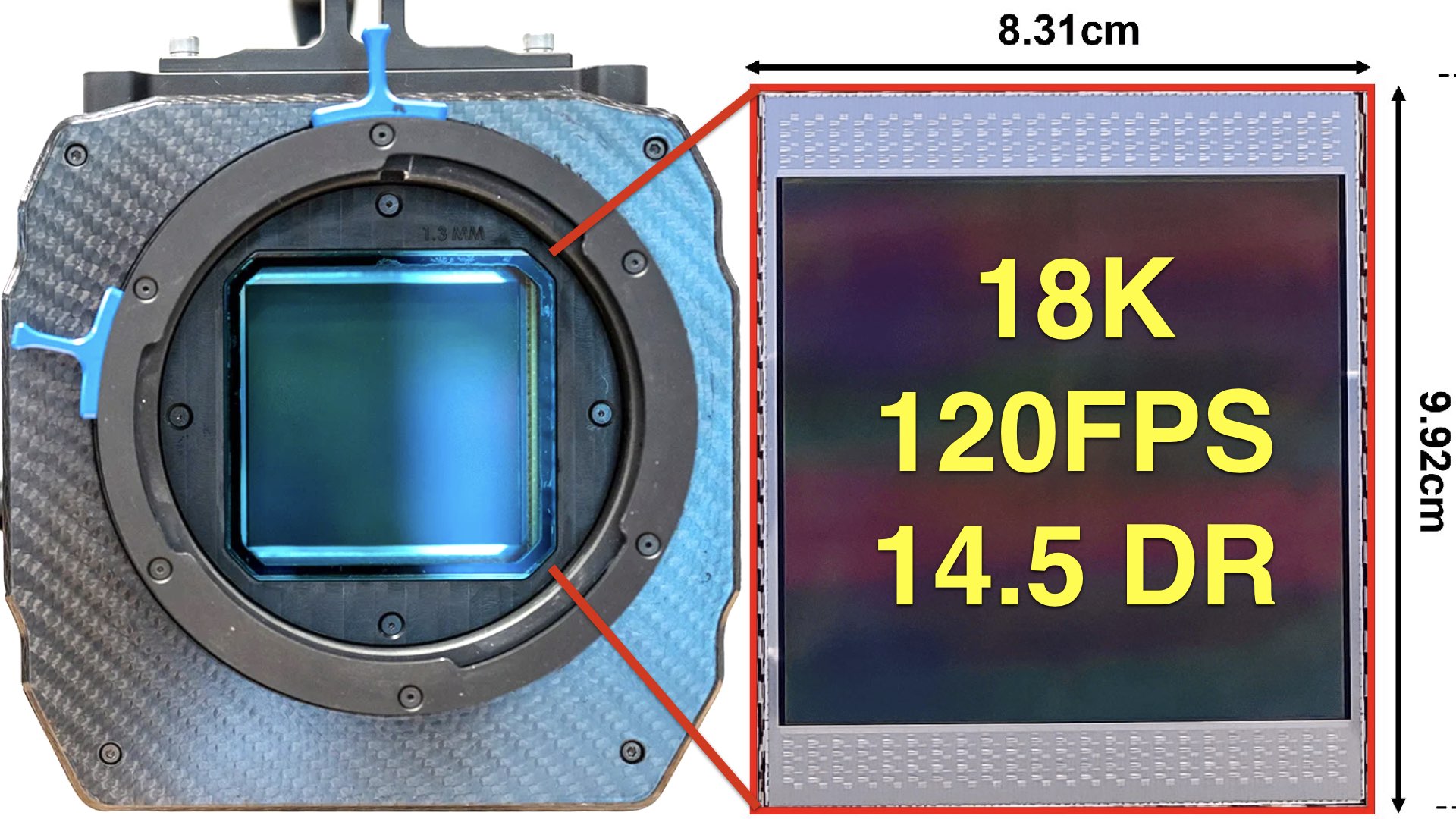
Fujifilm’s Industry Impact: Competition and Innovation
Fujifilm’s entry will likely drive innovation in the medium format arena, providing an alternative to high-resolution cameras like the Blackmagic URSA Cine 17K, which also target filmmakers seeking the maximum image detail. By leveraging the aesthetic appeal and technical advantages of medium format, Fujifilm hopes to carve out a space within the expanding digital cinema market. For filmmakers, the GFX Eterna promises a unique blend of resolution, color science, and handling—factors that will give it a distinct place in high-end productions while setting a new standard for cinema cameras moving forward.
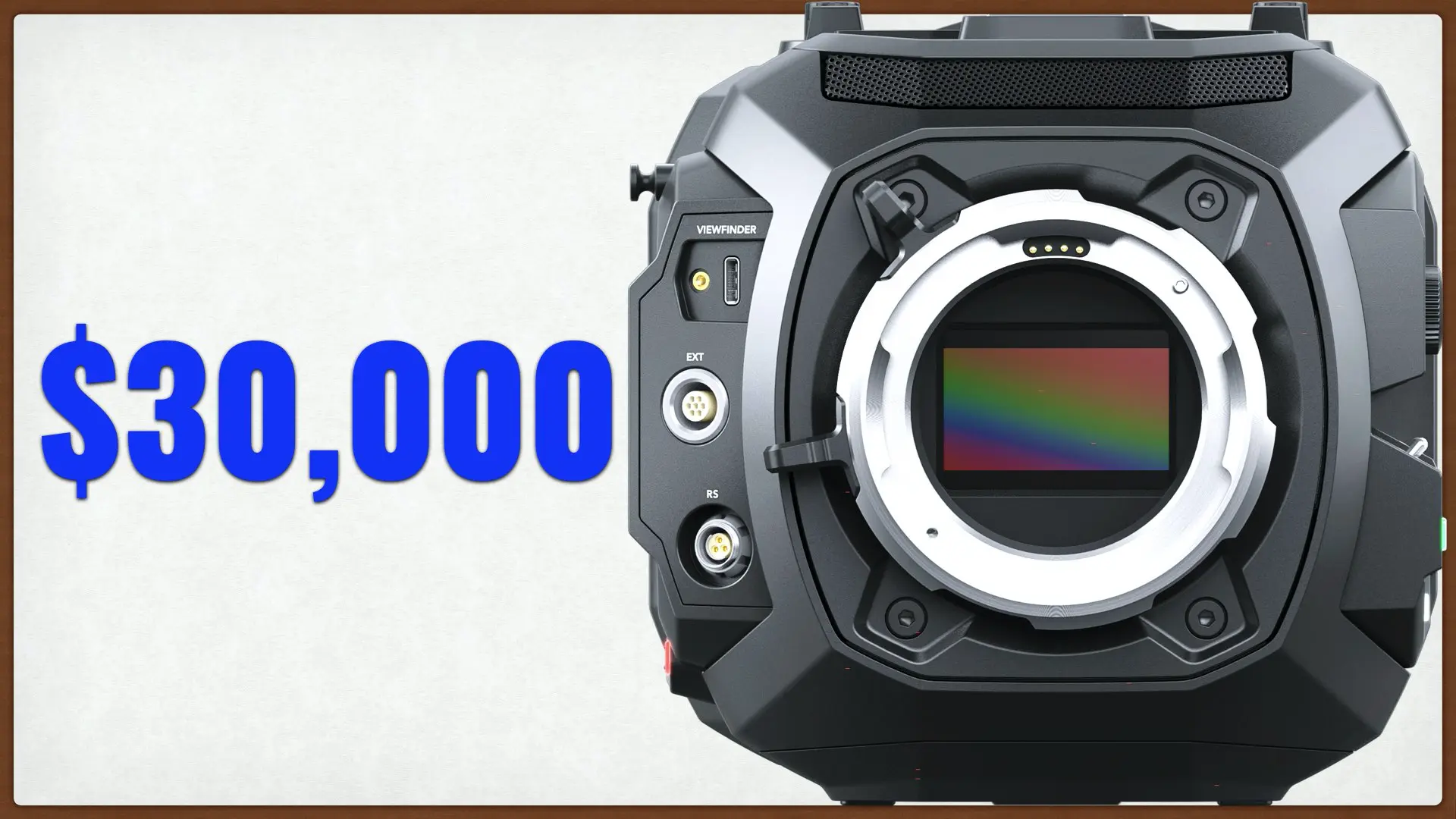
Fujifilm’s GFX Eterna marks a new chapter in the evolution of medium format cinema cameras, showcasing what’s possible when large-format technology meets the creative needs of modern cinematography. As industry leaders continue to innovate, the cinematic possibilities for medium format filmmaking are set to expand, bringing the immersive visual quality of large sensors closer to the mainstream cinema market. Now let’s see some footage (none have been released yet).

